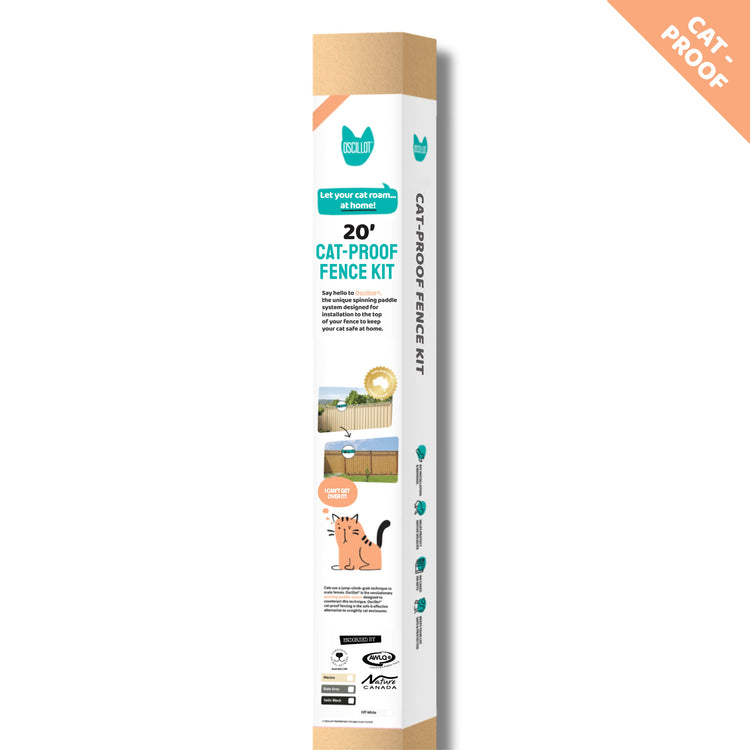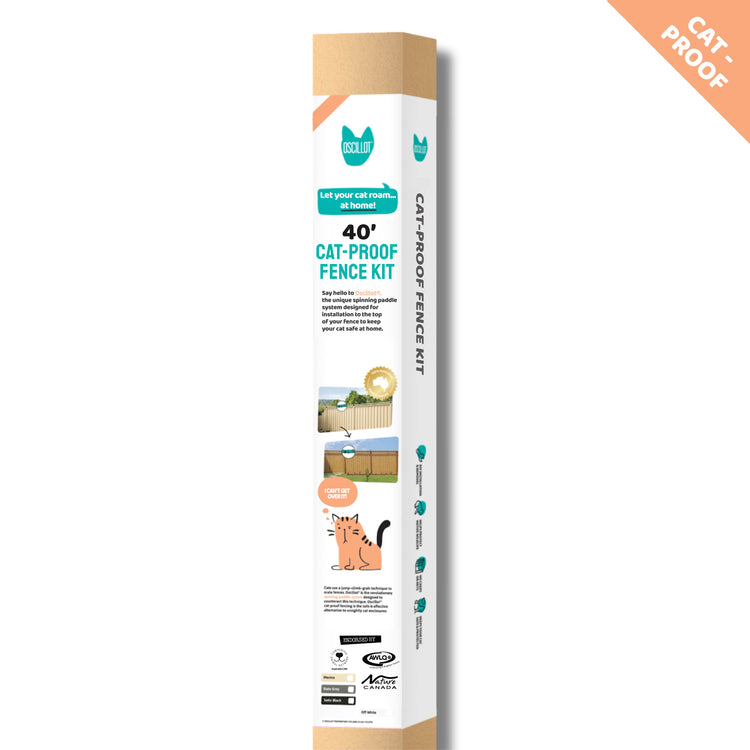Best Kits for Timber Fences - Complete Guide for American Homeowners

Best Kits for Timber Fences: The Complete 2025 Guide for American Homeowners
Protect Your Outdoor Space with Professional-Grade Timber Fence Solutions

Why Timber Fences Dominate American Yards
Timber fencing remains the most popular choice for American homeowners, and for good reason. Unlike chain-link or vinyl alternatives, timber offers natural beauty, customization options, and substantial property value enhancement. From suburban neighborhoods to rural properties, timber fences provide the perfect balance of privacy and curb appeal. However, timber fences also present unique installation challenges that require specialized solutions—particularly when adding functional systems to existing structures.
The grain, texture, and varying widths of timber boards mean that one-size-fits-all approaches simply don't work. American timber fences come in numerous configurations: vertical board-on-board, horizontal slat, split-rail, and traditional picket styles. Each requires careful consideration when selecting installation kits and hardware to ensure proper fit and long-term performance.



Understanding Your Timber Fence Perimeter: The Critical First Step
Before selecting any kit for your timber fence, accurate measurement is essential. Walk your entire fence line with a measuring tape, accounting for every section, corner, and gate opening. Most American backyards range from 100 to 300 linear feet of fencing, though suburban lots may have as little as 60 feet while larger properties can exceed 500 feet.
Once you have your measurements, choosing the right kit size becomes straightforward. The beauty of modular timber fence kits is their scalability—you can combine multiple kits for larger perimeters or opt for a single solution for smaller yards.
Complete Kit Size Breakdown for Timber Fences
20-Foot Kit: Perfect for Small Timber Sections

Ideal for side yards, small garden enclosures, or isolated timber fence sections. This starter kit covers compact areas without overbuying materials. Perfect for homeowners testing the system before committing to larger installations.
View 20' Kit Details40-Foot Kit: The Average Backyard Solution

The most popular choice for typical American backyards. Covers standard suburban lots with enough material for corners and one gate section. This mid-range option offers excellent value for money while providing comprehensive coverage for most residential timber fences.
View 40' Kit Details60-Foot Kit: Medium Yard Coverage

Designed for larger suburban properties or when you need extra material for multiple gates and complex corner configurations. This size handles L-shaped yards and properties with extended timber fence runs along property lines.
View 60' Kit Details100-Foot Kit: Large Timber Perimeter

The comprehensive solution for expansive yards or complete perimeter coverage on standard lots. This professional-grade kit includes everything needed for extensive timber fence installations, including multiple gates, corners, and long straight runs.
View 100' Kit Details
Brackets vs. No-Brackets: Critical Decision for Timber Fences
One of the most important considerations when installing systems on timber fences is whether to use mounting brackets or direct-attach methods. This decision impacts installation time, aesthetic appearance, and long-term maintenance requirements.
The brackets vs. no-brackets guide provides detailed visual comparisons and recommendations based on your specific timber fence configuration. Most homeowners with standard vertical timber fences opt for the no-bracket approach, while those with horizontal planks or older fences benefit from bracket-mounted systems.
Special Considerations for Different Timber Fence Types
Vertical Slat Timber Fences
The most common American timber fence style features vertical boards attached to horizontal rails. These fences provide excellent privacy and straightforward installation. When adding systems to vertical slat fences, mounting points typically attach to the top rail or fence posts. Measure the actual height of your fence, as standard timber privacy fences range from 6 to 8 feet tall.
Horizontal Plank Timber Fences
Modern horizontal timber designs have gained popularity in recent years for their contemporary aesthetic. These fences require different mounting strategies since the grain runs perpendicular to traditional fences. Bracket systems often work best here, allowing you to anchor to the vertical support posts rather than the horizontal planks themselves.
Picket and Split-Rail Timber Fences
Decorative timber fences with gaps between boards present unique challenges. While beautiful for curb appeal, these semi-open designs may require additional planning and potentially supplementary materials to achieve complete coverage. Post-mounted solutions work particularly well for these configurations.
Post Kits: Don't Forget the Corners and Gates

Even the most comprehensive linear kits won't cover every aspect of your timber fence perimeter. Corner posts, gate posts, and free-standing posts require specialized post kits priced at $159 each. Most American backyards need 2-4 post kits to achieve complete coverage, depending on the number of corners and gates.
DIY Installation vs. Professional Help for Timber Fences
American homeowners pride themselves on DIY projects, and timber fence kit installation is definitely achievable for those with basic handyman skills. The average DIY installation takes 4-8 hours for a standard backyard, depending on fence complexity and your experience level.
Comprehensive installation guides walk you through every step, from initial measurements to final adjustments. Video tutorials demonstrate proper techniques for both bracket and no-bracket installations on various timber fence styles.
If you prefer professional installation, TaskRabbit integration connects you with local handymen experienced in timber fence projects. Professional installation typically adds $200-400 to your project cost but ensures perfect results and saves your weekend.

Real Customer Results: Timber Fence Success Stories
The proof is in the results. Thousands of American homeowners have successfully transformed their timber fences with professional-grade kits. The timber fence installation gallery showcases real projects across the United States, demonstrating how different kit sizes work with various timber fence configurations.
From compact urban backyards in Seattle to expansive ranch properties in Texas, these installations prove that the right kit size and installation method can handle any timber fence challenge. Customer photos show vertical slats, horizontal planks, and even combination fencing styles working seamlessly with the modular kit system.
Trusted by Thousands of American Homeowners

Read verified customer reviews from homeowners who have completed successful timber fence installations nationwide.
Making Your Final Decision
Selecting the best kit for your timber fence boils down to three key factors: accurate perimeter measurement, understanding your fence type and condition, and deciding between DIY and professional installation. Start by measuring your entire fence line, including all corners and gates. Add 10% to your measurement to account for waste and potential future repairs.
For most American homeowners with standard timber privacy fences, the 40-foot or 60-foot kit provides the sweet spot of coverage and value. Larger properties or those with complex layouts benefit from the 100-foot kit, while compact yards can save money with the 20-foot option. Don't forget to order post kits for every corner and gate—this is the most common oversight that leads to incomplete installations.
Explore the complete range of options at Oscillot America and take advantage of current sale pricing. With proper planning and the right kit size, your timber fence project will deliver professional results that enhance both functionality and property value for years to come.


